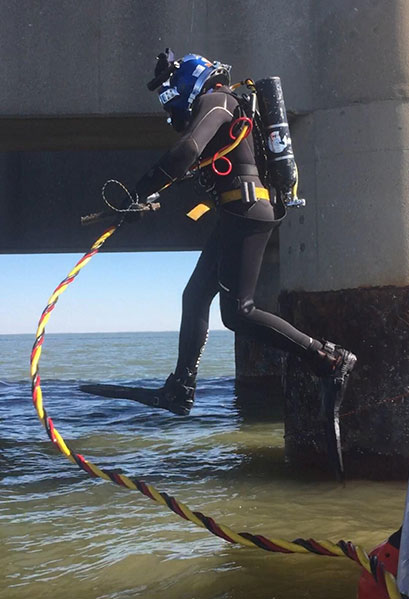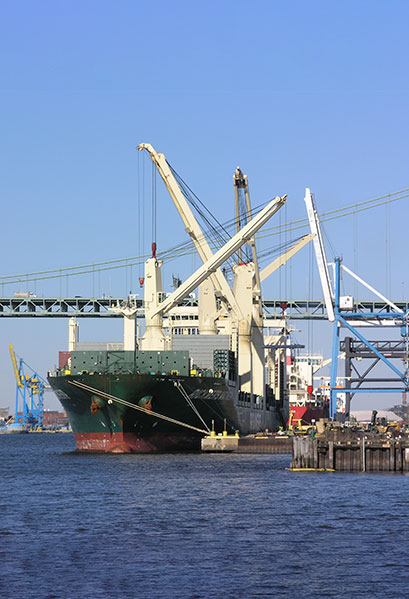An effective laser scanner should have an accuracy of at least 1/16” at 1000 feet.
Resources
Access pro tips and the latest in marine engineering news
Marine engineering projects can feel overwhelming if you're trying to manage everything on your own. S. T. Hudson is here to help, with resources that will allow you to complete your project with more efficiency. Check out our pro tips for answers to the most commonly asked questions we see in the marine industry. Also, view our blog for the latest in marine engineering and terminal design news.
Pro Tips
A laser scanner cannot scan in the rain or fog due to droplets in the air that will interfere with the laser and affect the results. The laser scanner can scan in a breeze and low winds, but if the wind is heavy enough to move the laser scanner, the movement will affect the data.
Slips, trips, and falls from the scanning equipment and wires are safety concerns that are commonly associated with the laser scanning process. Also, the laser scanner is not intrinsically safe; therefore, any flash or explosion concerns should be addressed.
An effective laser scanner should have a range of at least 1000 feet. However, line of sight is important. If an object is blocked, the laser scanner will not pick up the image.
Single-beam hydrographic surveys are good for shallow to mid-water depths. Multibeam hydrographic surveys are good for mid to deep-water depths. A multibeam hydrographic survey can serve two purposes: berth clearance and condition surveys.


